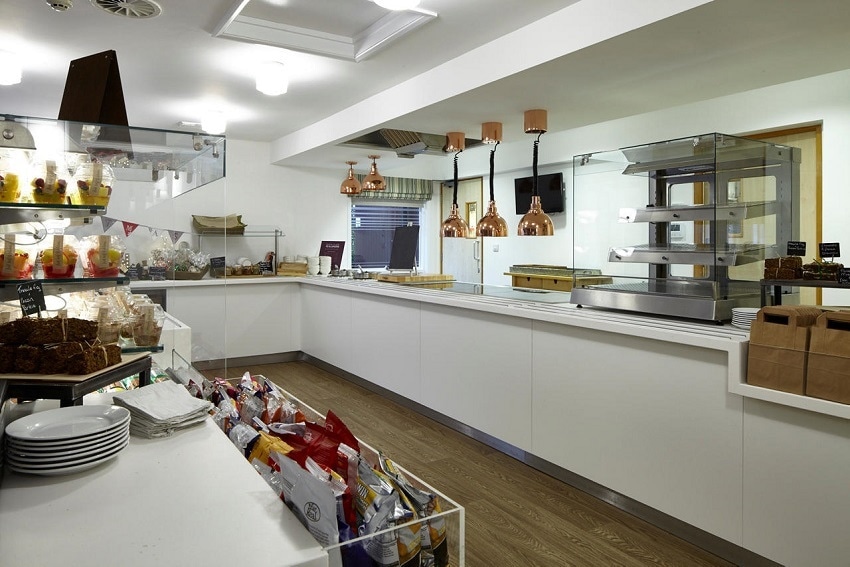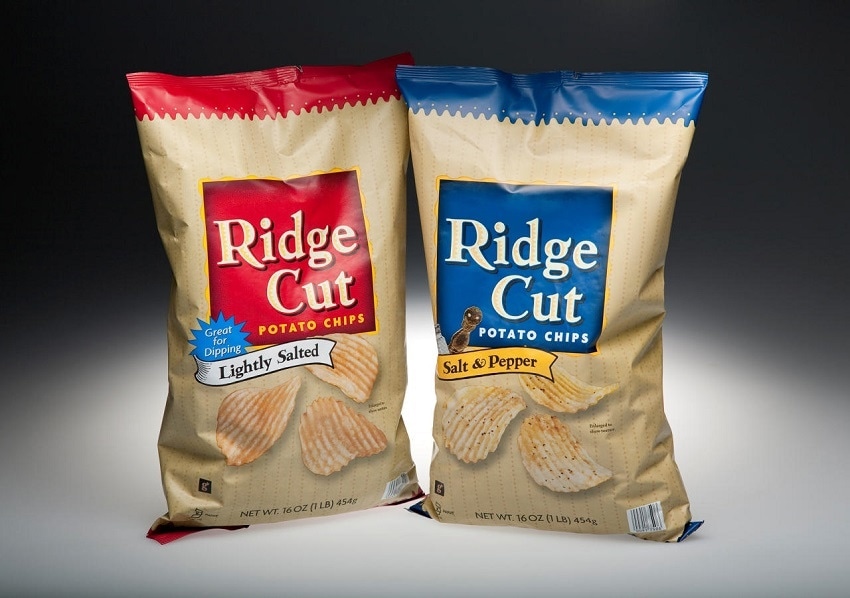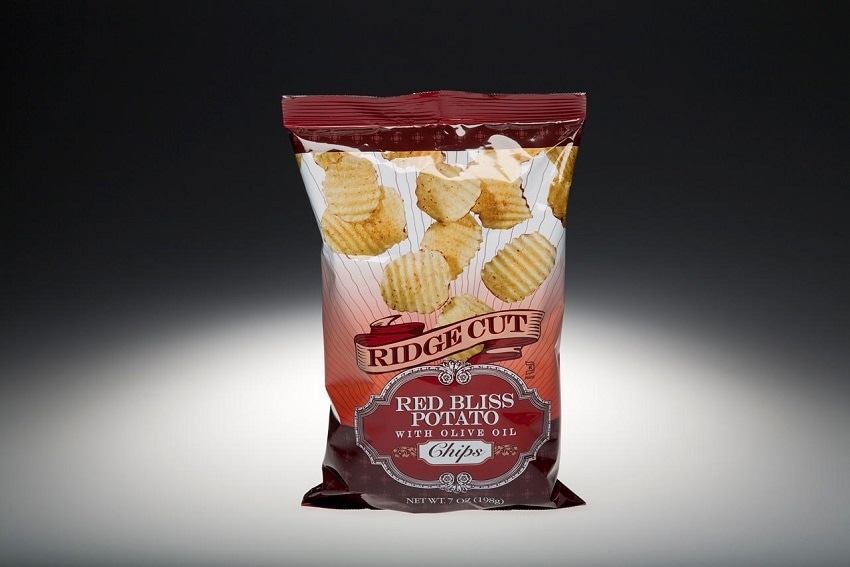 Interview conducted by Mychealla RiceSep 18 2017
Interview conducted by Mychealla RiceSep 18 2017Ovens heated with food-grade thermal heat transfer fluid are more precise and consistent than previous technologies. Product quality, great environmental properties and greater human and plant safety are among the many improvements you will see using Paratherm™ NF Food-Grade Heat Transfer Fluid for Indirect heating of baked goods.
In this interview, Ray Klim, Food Industry Specialist from Paratherm, talks to AZoM about the advantages of using Food-Grade Thermal Fluid in Indirectly Heated Baking Ovens.
Please tell us a bit about Paratherm and the work you do?
Paratherm specializes in Heat Transfer fluids. We don’t dabble in lubricants, we don’t offer hydraulic oils, we don’t bundle this and that. We’re the experts. Just thermal fluids. We engineer our products for industry needs. We stock and deliver on a 24/7 basis as needed.
So we’re ready for emergencies at nights and weekends when other non-specialty suppliers can’t be of help. We pride ourselves on our support-after-the-sale program which involves continual fluid testing and consultation.
I am the primary contact here at Paratherm for the Food Industry. I am involved with planning, start up and helping to maintain the best performance with our customers’ thermal-fluid systems.

What is the difference between ovens heated with food-grade thermal heat transfer fluid over direct-fired convection and electric radiant baking technologies?
There is more precise and consistent radiant heating when using thermal fluids. You will see less temperature fluctuation in the fryer or oven.
This gives you greater quality control in making the best finished product and greater control delivers less waste, meaning higher yield.
What advantages does indirect heating offer over older technologies?
Indirect heating offers many advantages over older technologies. This first is greater safety—plus, with tighter heating transfer parameters, it is more energy efficient. Open flames are removed from the baking area when the baking environment is indirectly heated by thermal oil.
With a thermal-oil heated baking process, the baked goods are indirectly heated by hot air rather than by direct-fired products of combustion. This indirect heating allows any heat source (oil, coal, wood, gas) to be used. This means that undesirable combustion by-products become irrelevant.
Another added benefit of indirect heating is when products of combustion are removed from the cooking process, cleaning becomes less frequent and less complicated.
Compared to older technologies, thermal fluid heated ovens can be heated remotely. Food-grade thermal oil is piped in from a separate room which houses a thermal-fluid heater, to heat the air for natural or forced convection heating, resulting in quieter operation.
In older technologies, large quantities of fuel and combustion air must be supplied to the burners, to handle the large amounts of food, therefore creating large amounts of noise in the process.

What impact do cooler baking rooms have?
Cooler baking rooms create a better environment for the employees who are working in the baking rooms. The combustion is removed to a separate area allowing a cooler baking room. Food grade thermal oil heating is very efficient which also brings a significant reduction in the environmental room temperature.
In addition, combustion stacks or vents can be in the separated heater/combustion room, contributing further to a cooler baking area and energy savings in room-cooling expenses.
What impact does indirect heating have on product quality?
The consistency and uniformity of heating provided by food-grade thermal oil provides numerous advantages to the products and the overall quality. The more control you have with precision heating aspect on an oven or fryer heat delivery the better the finished product quality will be.
Improvements in product quality include in top and bottom crust, less loss of moisture, better final weight of product, and more.
Please tell us a bit about the Paratherm NF Food-Grade Heat Transfer Fluid?
Paratherm™ NF Heat Transfer Fluid has been the top choice of food processors since the mid-1990s. Paratherm partnered with several equipment innovators to create the indirectly heated solutions that have since replaced direct heat in many processing lines. Paratherm NF holds more certifications and has undergone more testing than any other NSF HT1 product.
This food-grade fluid, a predominantly alicyclic hydrocarbon ring chemistry, features a stronger inherent thermal stability than competing paraffinic straight-and branched-chain hydrocarbons.
Paratherm NF can withstand the higher temperatures and heat fluctuations that are inevitable in frying, cooking and baking. Paratherm NF provides precise heating for the Bakery and Snack Foods Industry.
Our fluid is specifically engineered to deliver high heat transfer efficiency.

What improvements can we expect to see using Indirect heating with food-grade heat transfer fluids?
Product quality, great environmental properties and greater human and plant safety. It is very easy to maintain the system. Testing Paratherm NF once a year is all that is required.
Our HQ laboratory, and the technical director, manager, and technician running it, together have decades of experience, and have put together numerous custom maintenance programs. We have insights that other labs and manufacturers can’t even conceive of.
How does the Paratherm NF Food-Grade Heat Transfer Fluid compare to others on the market?
Paratherm NF is unique. Nothing else is the same. Beware of statements saying “compatible” or even just stating Heat Transfer Fluid on the label. These products are not all the same and vary tremendously in composition and results.
What advantages will Snack and Baking applications see using the Paratherm NF Food-Grade Heat Transfer?
Thermal Fluid heating can be used in all heating technologies with the improvements we discussed. Snacking and Baking applications will see improved product quality, increased equipment life, reduction of noise and greater safety.
Paratherm NF will provide superior heat transfer needed in complex newer products where precision heating comes into play, such as kettle chips, glazing and zone baking.
Where can our readers go to find out more?
To learn more please go to our website www.paratherm.com or contact me [email protected] or call +1 610-729-3628
About Ray Klim

Ray has been in the Industrial support side of the Food Industry for decades. Ray has had experience in many different categories including—Baking, Snack, Confections, Prepared Meals and Proteins.
Ray is involved with the products from the beginning-idea stage to full market introduction and their becoming a part of our everyday lives.

This information has been sourced, reviewed and adapted from materials provided by Paratherm.
For more information on this source, please visit Paratherm.
Disclaimer: The views expressed here are those of the interviewee and do not necessarily represent the views of AZoM.com Limited (T/A) AZoNetwork, the owner and operator of this website. This disclaimer forms part of the Terms and Conditions of use of this website.